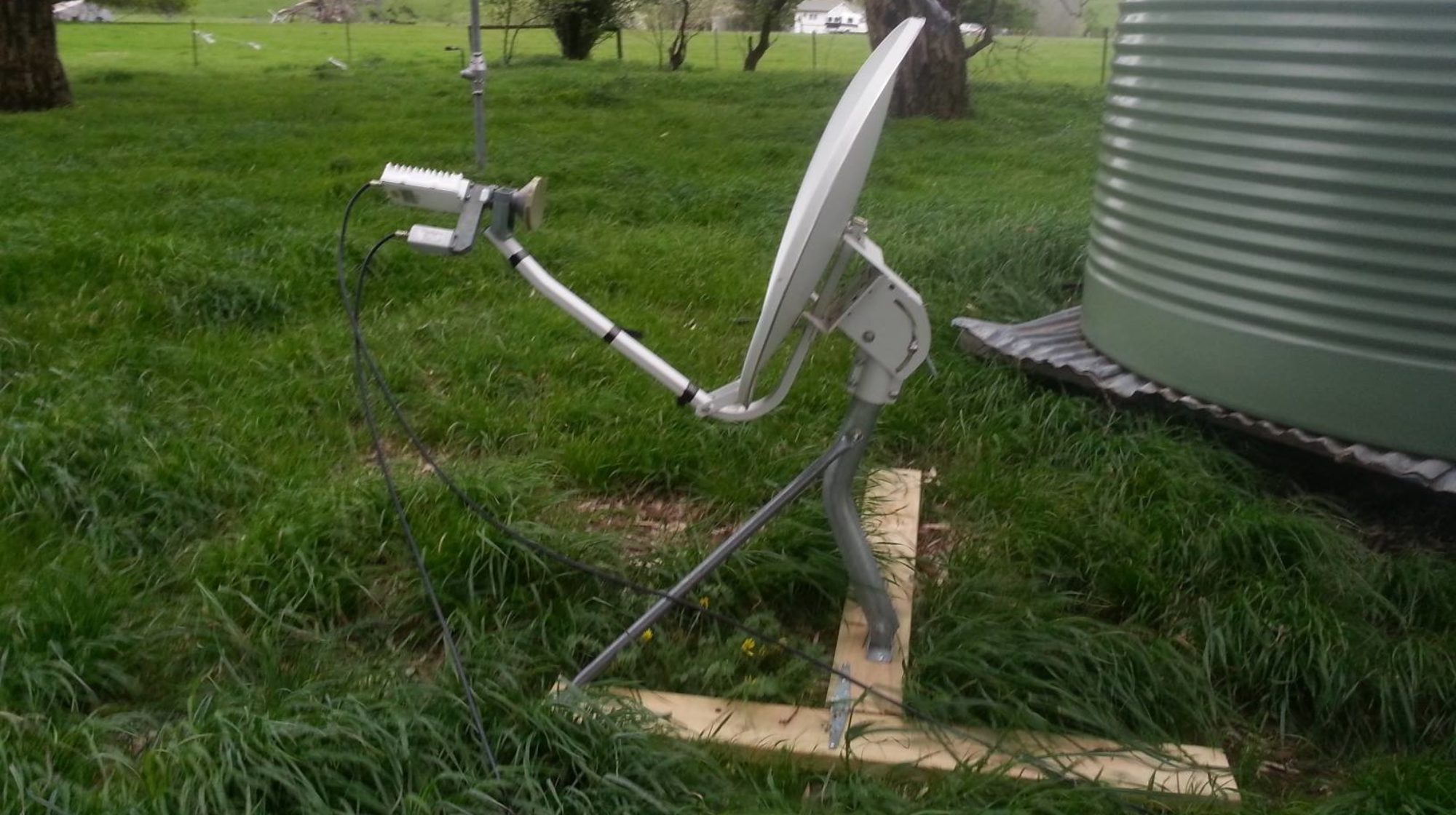Data Recovery on Computers and Laptops can be a complex tasks, and in most cases quite time-consuming. In cases where physical hardware damage is the case of data-loss, the likelihood of getting the data back – goes down…
In past experience, even the same type of drive produced via a different batch; the parts won’t work on the old drive. This is something to take into consideration if you or your organisation is storing important data. When purchasing the storage devices (ie: IDE/SATA based drives that are not Solid state) it might well be worth purchasing a spare or two, or ensuring a spare is available; to strip the daughter-board off the drive, with the same manufacture codes; as to retrieve lost data in the case the daughter-board dies…
Furthermore; It is not advisable to create a stripped array over a multitude of disks, if you at all value the data you intend to store of that storage device.
If you’re just looking for an ultra-quick cache for content / data you have stored elsewhere; then, yeah. just don’t trust it for long-term storage.
PROCESS FOR RETRIEVING DATA FROM ‘COMPUTERS’.
For non-technical people who don’t know the difference between the storage device and the ‘computer’; most computers have a storage device part that is able to be removed from a computer, even when the computer doesn’t work.
More common examples of where this happens; is where the drive is a little faulty, and kinda works, sometimes. Or where the power-supply or some other part in the computer stopped working, and the data is ‘trapped’.
Other examples is where something bad has happened. You know there should be a record of it in the computer; but it’s not obvious, and, you want to check it out.
STEP 1: REMOVE THE STORAGE DEVICE
If you can’t remove the storage device, you’re not going to be having much joy. Some newer computers have their storage devices fixed into the circuitry of the device and well; if it don’t work, you’re going to be in trouble.
for the majority of computers over the past 20+ years; they can be removed.
What you don’t want to be doing, is writing anything to that disk. that means, you don’t want to be turning it on or using it, until you’ve tried to get the data you want back.
If it’s simply a case of the computer dying, and you need to move the data to your new computer; that’s easier.
In any-case; find some screwdrivers that are suitable and disassemble the computer to find the hard-drive. If you don’t know what your looking for,
a. search google for ‘hard drive’ images
b. get someone else to help you.
STEP 2: Plug the HDD into a new computer
The local computer shop has an array of cables and cradles that can help you plug your old hard-drive into a new computer. Another option is to get an ‘external case’ for your old hard-drive; if you want to keep it about.
STEP 3: Download data
If you’re simply going to copy the data from ‘your old computer’ to ‘your new computer’, then that’s relatively straight forward. Browse the directories on the hard-drive and copy them across to your new computers hard drive.
Job done.
If; you’ve lost data, the drive isn’t working so well or some other issue; it becomes useful to get another drive with the same amount of space on it, as the one you’re intending to get the data-from, to use as a ‘working drive’ to copy all your files across to.
STEP 4: DATA RECOVERY
So, the first thing is; do not use the hard-drive you want to get data-from, as the disk you use to turn on the computer, etc.
If you want to get data-back, use a different hdd and plug-in the drive you want to recover data from. It’s also useful to have a second drive, to put the data onto from the drive your recovering data from.
Goto google; search “data recovery software” to find something that will work on the computer you’re using.
Run the program, target the drive you want to recover from; and store the retrieved data on the disk you’ve got to back it up onto.
